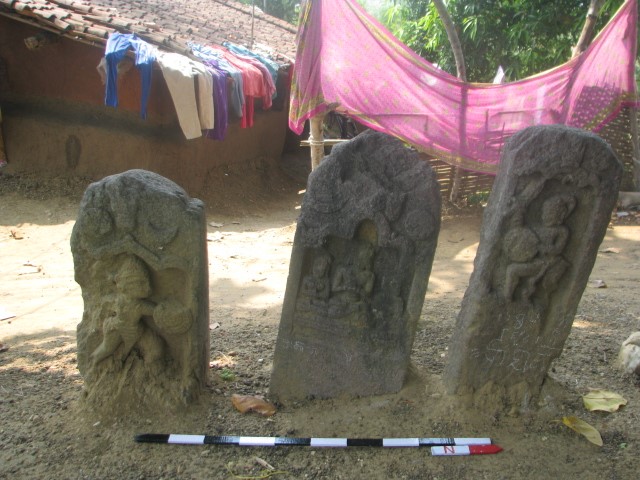Bhawanipatna: Remains of an ancient urban civilisation have been discovered in Junagarh, a town in Kalahandi district. Following the publication of a report in the international journal ‘Heritage’, curiosity regarding the remains has increased considerably among intellectuals, historians, and the residents of Kalahandi.
The report states that senior researcher Lokesh Durga belonging to the History Department of Delhi University and Professor Damayanti Bag from the History Department of Rayagada Autonomous College were conducting a month-long survey of the land when they found the remains of the civilisation. In their findings, the two researchers have stated that the remnants belong to the ancient and medieval periods.
Various artefacts including pillars, statues, ruins of temples, idols of Hindu deities and earthenware products have been found among the remains. According to the researchers, these products prove the existence of an ancient city during the medieval period in Junagarh. The archaeological remains reflect the characteristics of an ancient urban civilisation, the research revealed.
Features such as advanced irrigation and water resource management, religious foundations, arts and culture, agriculture, political activities and commercial development contributed to transforming a settlement into a large community. The archaeological findings from Junagarh highlight these attributes.
In the early medieval period, Junagarh and its surrounding areas were renowned for the Chhakodi Bandha (120) and Nakodi Tota (180). The city’s reservoirs like Ranibandha, Samiyabandha, Hiranila Bandha, Tala Bandha provide evidence of these structures. The statues of Hindu deities in Bhairiguda and Samiyabandhapada are estimated to remain from the fifth to the ninth centuries.
Additionally, temples like Someshwar Temple, Dadhibamana Temple, Poda Mahadev Temple, Lankeshwari Temple and Kanaka Durga Temple exhibit the development of art and culture from the seventh to the 17th century.
In the early medieval period, Junagarh was known as ‘Jenabalipatana’. The term ‘Patana’ identifies it as a trade centre. Hence, Junagarh was a well-known business and commercial hub. The archaeological remains of the city substantiate this claim.

